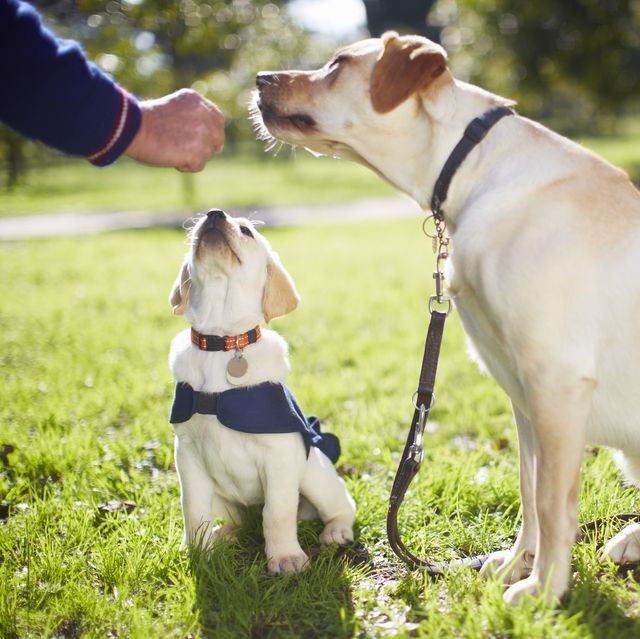Dog whistles are a useful training tool that allow handlers to give cues undetectable to the human ear. But what frequency do dog whistles operate at, and how can you use them effectively for shaping your pup’s behavior? Read on to learn more about the purpose of dog whistles and proper techniques to utilize them.
What Frequency is a Dog Whistle?
The key aspect that makes dog whistles work is that they produce ultra-high frequency sounds from 16,000 to 22,000 Hz. This is above the range of human hearing, which tops out at around 16 to 20 kHz for most adults.
Dogs can detect frequencies up to 45 kHz, allowing them to pick up the shrill tones a whistle emits without humans perceiving a thing. The whistle’s frequency targets a dog’s keen auditory perception.
Standard dog whistles are available in brass, aluminum, stainless steel, and plastic versions. Each material reaches slightly different frequency ranges. Plastic pealess whistles tend to be quietest for human ears.
Why Use a Dog Whistle for Training?
Dog whistles offer several advantages over verbal cues or human whistles:
- Gain your dog’s focus even at a distance or when distractions are high
- Give commands privately without others being aware
- Reduce confusion between environmental sounds and your cues
- Prevent conditioning your verbal cues with unintended meanings
- Help deter nuisance barking without startling your dog
Whistles provide a consistent, recognizable sound your dog learns to respond to. Used correctly, they strengthen obedience skills.

How to Use a Dog Whistle Properly
Follow these guidelines to effectively incorporate dog whistles into your training:
Start quietly: At close range, keep initial trials soft to avoid startling your dog. Only increase volume as needed.
Pair with rewards: When first introducing the whistle, immediately reward with praise, treats or toys so your dog begins associating it with positive reinforcement.
Use a distinct tone: shrill for recall, low tones for down/settle commands. Avoid overuse of the same tone.
Be consistent: Use the same whistle tones paired with the same verbal cues repeatedly to solidify the connection and meaning.
Wean off verbal cues: Once your dog reliably responds to the whistle, slowly phase out saying the command vocally, relying just on the whistle sound.
Don’t overuse: Limit whistle use to key situations to retain effectiveness. Don’t blow constantly trying to get attention.
With proper conditioning, dog whistles provide an excellent remote signaling tool for reinforcing training.
Common Dog Whistle Training Commands
Here are some examples of how to effectively utilize dog whistles in training:
Come – High-pitched rapid trilling recalls your dog from a distance. Reward promptly upon return.
Down – A low-pitched single blow signals your dog to lay down. Useful if verbal cue causes frustration.
Quiet – A quick sharp sound stops nuisance barking. Reward when they stop.
Sit – Two short high bursts cues a sit from a distance. Great for long line training.
Search – Varying trills can guide your dog left/right during scent detection training.
Whoa – A low tone tells your dog to stop and wait for your next cue when at a distance.
Always tailor your whistle training to your individual dog’s temperament and sensitivities. Never use whistles punitively or without properly conditioning the meaning first through positive reinforcement.

Troubleshooting Dog Whistle Problems
If your dog seems confused or ignores the whistle, try these tips:
- Switch to a louder or higher frequency whistle
- Get closer when first introducing the whistle
- Rule out hearing impairment with a vet exam
- Keep sessions positive, rewarding all attempts
- Reduce distractions when first training
- Use a whistle specific for recall or down commands
- Avoid overusing the whistle and diluting the significance
With time and consistency, most dogs will readily orient to the whistle as a unique training cue.
Conclusion
Thanks to their ultra-high frequency tone that targets a dog’s hearing range, whistles provide an effective remote communication tool for training dogs. When used correctly by pairing tones with rewards and commands, whistles reinforce obedience skills from a distance. Understanding proper whistle use and your dog’s response allows both of you to benefit from this handy training aid. Just be sure to stay within your dog’s comfort range and keep whistle training sessions positive.


